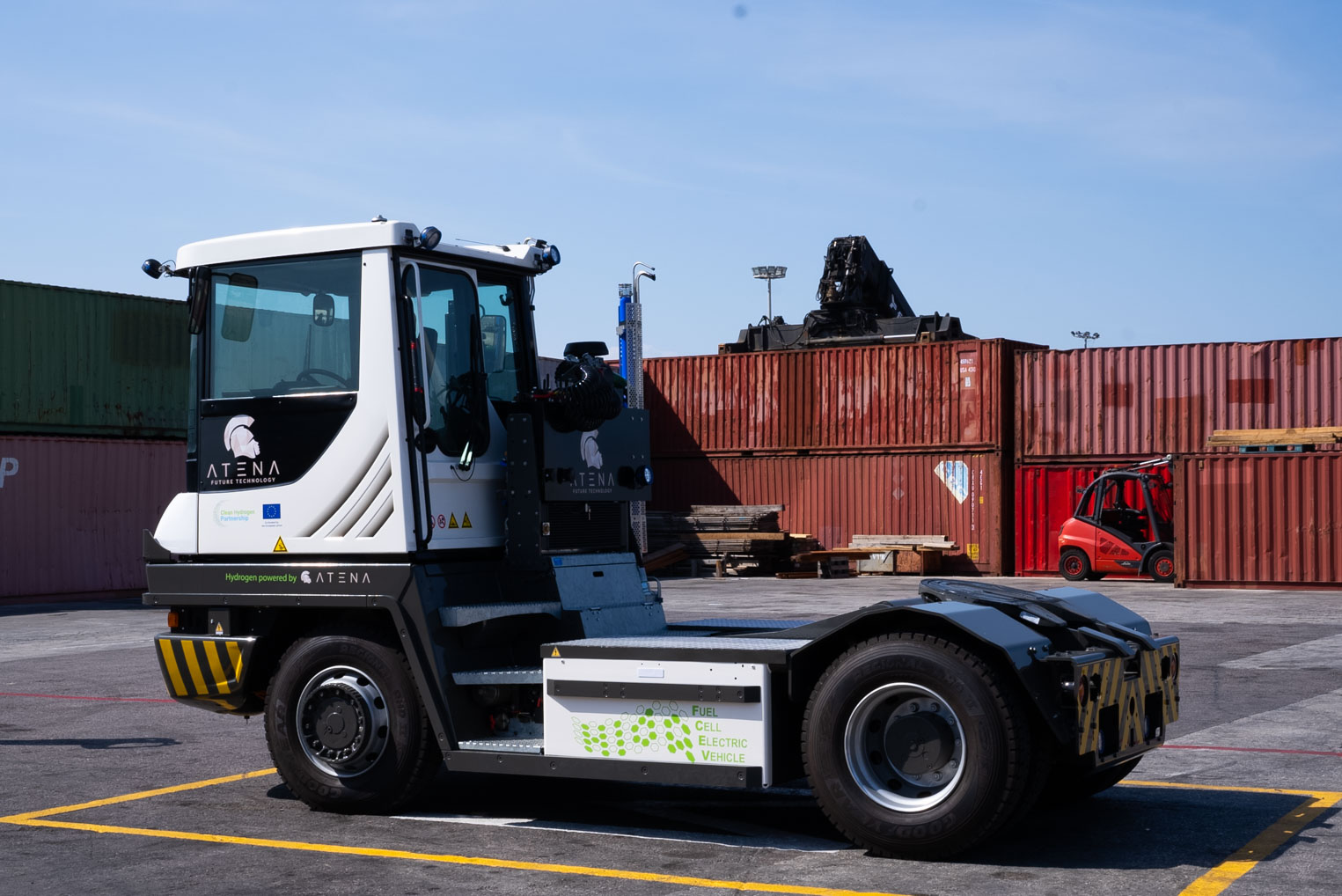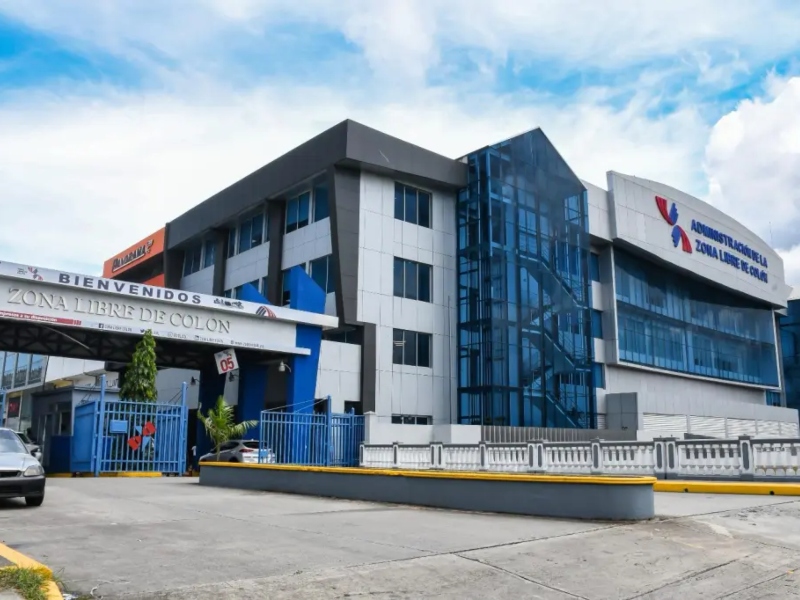· Yesterday afternoon the hydrogen-powered terminal tractor landed at Valencia Terminal Europa (VALTE), terminal of the Grimaldi Group.
· The 4×4 RORO Tractor is the first hydrogen powered unit in the world and was developed by ATENA, supported by ENEA and Parthenope University of Naples.
· The Port of Valencia is a pioneer in Europe in the use of hydrogen-based technology in the operation of port terminals.
Source: Valenciaport
The Port of Valencia received yesterday afternoon the hydrogen-powered Terminal Tractor, one of the pilots to be tested within the framework of the European H2PORTS project.
The terminal tractor disembarked yesterday at around 16:00 hrs. at the VALTE terminal of the Grimaldi Group where it will be tested in real operations. The 4×4 RORO Tractor is the first hydrogen powered unit in the world and was developed by ATENA, a research and technology hub composed of Universities, Research Institutes, and Private Company mainly based in the Campania Region of Italy.
The refuelling and operation tests will start next week under the supervision of the technical team of ATENA, VALTE, Grimaldi Group, Centro Nacional del Hidrógeno, Carburos Metálicos and Fundación Valenciaport as coordinator of this initiative.
This Terminal Tractor has a fuel cell/battery hybrid powertrain which allows the vehicle to perform all the intensive tasks that are required during roll-on/roll-off operations. Its hydrogen storage system, made of four Type 3 cylinders (350 bar), has an overall capacity of around 12 kg, which guarantees a continuous operation of at least 6 hours before refuelling, corresponding to the average duration of a working shift. The electric motor is a light and efficient device, particularly suitable for power demanding applications. It is fed by a high-performance LiFePO4 battery, with 25 kWh energy capacity, and a 70 kW Ballard fuel cell module. In particular, the electric motor can receive power for traction from the fuel cell and battery simultaneously or charge the battery during braking or decelerations. At the same time, the fuel cell can provide power both to the electric motor and the battery, if needed. The hybrid powertrain shows high operational efficiency, since it takes advantage of a significant share of kinetic energy recovery, up to 25%.

Hydrogen is a clean energy carrier with the benefits of easy storage and when used produces no emissions other than heat and water. The hydrogen fuel cell converts H2 to electricity resulting in a zero-emission equipment that, if combined with the use of green hydrogen, is also carbon neutral. The technology shows some advantages compared to other available zero emission technologies like pure electric versions. This hydrogen version also shows a good operating range, short fuelling time and low maintenance costs.
H2PORTS
The European project “H2PORTS – Implementing Fuel Cells and Hydrogen Technologies in Ports” coordinated by Fundación Valenciaport, in close collaboration with the Port Authority of Valencia, and financed by the Clean Hydrogen Partnership programme, has as its main objective to test and validate hydrogen technologies on port machinery that allow for applicable and real solutions without affecting the performance and safety of port operations and producing zero local emissions.
The H2Ports project entails a total investment of 4 million euros and involves, in addition to Fundación Valenciaport and the Port Authority of Valencia, the National Hydrogen Centre, and the private companies MSC Terminal Valencia, Grimaldi Group, Hyster-Yale, ATENA Distretto Alta Tecnologia Energia Ambiente, Ballard Power Systems Europe, Carburos and Enagás.
Thanks to this initiative, the Port of Valencia is the first port in Europe to incorporate hydrogen technologies to reduce the environmental impact of its operations.
About the Clean Hydrogen Partnership:
The Clean Hydrogen Partnership – the successor of the Fuel Cells and Hydrogen Joint Undertaking (FCH JU) – aims to strengthen and integrate European Union research and innovation capacity to accelerate the development and improvement of advanced clean hydrogen applications ready for market, across energy, transport, building and industrial end-uses, while strengthening competitiveness of the Union clean hydrogen value chain. The three members of the partnership are the European Commission, fuel cell and hydrogen industries represented by Hydrogen Europe and the research community represented by Hydrogen Europe Research.
![]()
































